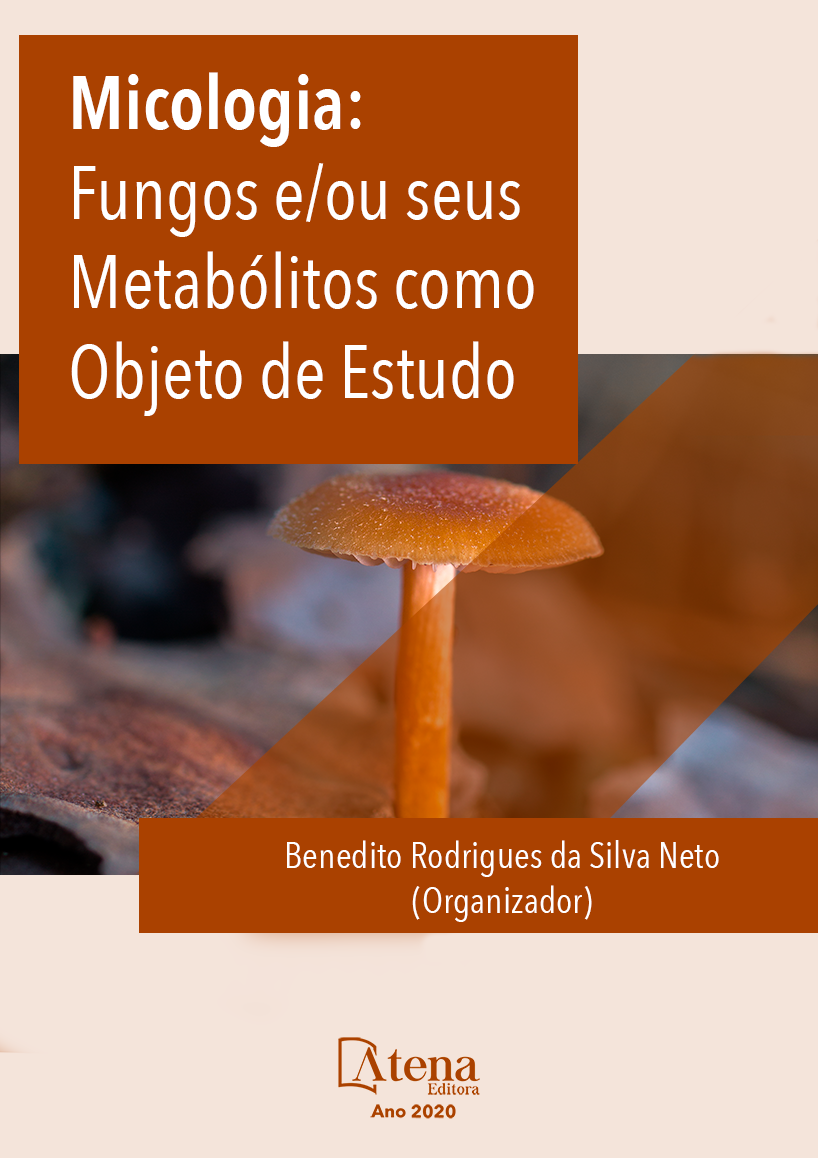
AVALIAÇÃO IN VITRO DA SUSCEPTIBILIDADE DE CANDIDA ALBICANS AO FLUCONAZOL UTILIZANDO DIFERENTES MEIOS DE CULTURA
A determinação da Concentração Inibitória Mínima (CIM) de leveduras só foi possível graças ao desenvolvimento de métodos de referência padrão desenvolvido pelo Clinical and Laboratory Standards Institute (CLSI). Entretanto, há necessidade de revisão. O estudo teve como objetivo comparar os resultados da CIM do fluconazol obtida com o uso do meio RPMI-1640 (meio padrão), com os resultados obtidos com o uso do meio Yeast Nitrogen Base (YNB) e de Sabouraud dextrose, contendo peptona de soja e peptona bacteriológica, frente a C. albicans (ATCC 60193). A técnica de microdiluição foi realizada de acordo com a norma M27-A3 do CLSI. C. albicans foi testada conjuntamente nos quatros meios de cultura e em duplicata. Para esse experimento todos os meios foram tamponados com ácido3- (N-morfolino) propanosulfônico (MOPS) e ajustados ao pH de 7,0 com NaOH. As CIMs obtidas pelo método alternativo foram consideradas equivalentes ao método referência quando ambas apresentaram exatamente o mesmo valor ou diferença de apenas uma diluição. Para fins de comparação, leituras espectrofotométricas em placa foram realizadas conjuntamente com as leituras visuais no tempo 0, 24 e 48 horas. Ainda, a curva de crescimento de C. albicans no tempo 0, 24 e 48 horas nos quatros meios de cultura foi determinada. Independente do meio utilizado, no tempo de 24 horas de incubação, a leitura visual da CIM foi de difícil observação. Já o tempo de 48 horas teve concordância com o meio padrão da norma (RPMI-1640) e foi fácil visualizar a CIM. Este resultado corrobora com a indicação da norma M27-A3 que recomenda que para as espécies de Candida, a leitura final seja após 48 horas (CLSI, 2008). A dificuldade da leitura em 24 horas, foi minimizada quando a CIM foi lida em espectrofotômetro, obtendo-se uma leitura mais objetiva. Segundo Kaya et al. (2012), quando se usa procedimentos cinéticos, a CIM das drogas antifúngicas podem ser determinadas em qualquer ponto desejado do período de incubação, não necessariamente tendo que esperar o período de 48 horas para a leitura final. Quanto ao crescimento da levedura nos 4 meios, o meio Sabouraud dextrose contendo peptona bacteriológica, quando comparado aos demais, não favoreceu o crescimento da levedura. Os dados obtidos neste trabalho estimulam mais estudos que investiguem a possibilidade do uso de meios de culturas alternativos e financeiramente econômicos no teste de determinação da sensibilidade de leveduras à terapia antifúngica.
AVALIAÇÃO IN VITRO DA SUSCEPTIBILIDADE DE CANDIDA ALBICANS AO FLUCONAZOL UTILIZANDO DIFERENTES MEIOS DE CULTURA
-
DOI: 10.22533/at.ed.6192002077
-
Palavras-chave: Levedura, Microdiluição e Susceptibilidade
-
Keywords: Yeast, Microdilution and Susceptibility
-
Abstract:
The determination of yeast Minimum Inhibitory Concentration (MIC) was only possible just because to the development of standard reference methods stablished by the Clinical and Laboratory Standards Institute (CLSI). However, there is a need for revision. The study aimed to compare the results of the MIC of fluconazole obtained using the RPMI-1640 medium (standard medium), with the results obtained using the Yeast Nitrogen Base (YNB) and Sabouraud Dextrose medium, containing soy peptone and bacteriological peptone, against Candida albicans (ATCC 60193). The microdilution technique was performed according to CLSI standard M27-A3. C. albicans was tested in the four culture mediums and in duplicate. For this experiment, all mediums were buffered with 3- (N-morpholino) propanesulfonic acid (MOPS) and adjusted to pH 7.0 with sodium hydroxide (NaOH). The MICs obtained by the alternative method were considered equivalent to the reference method when both presented exactly the same value or difference of just one dilution. For comparison purposes, plate spectrophotometric readings were taken together with visual readings at time 0, 24 and 48 hours. In addition, the growth curve of C. albicans at time 0, 24 and 48 hours in the four culture mediums was determined. Regardless of the medium used, within 24 hours of incubation, visual reading of the MIC was difficult to observe. However, the time of 48 hours was in accordance with the standard means of the standard (RPMI-1640) and it was easy to visualize the MIC. This result corroborates with the indication of the M27-A3 standard that recommends that for Candida species, the final reading should be after 48 hours (CLSI, 2008). The difficulty of reading in 24 hours was minimized when the MIC was read on a spectrophotometer, obtaining a more objective reading. According to Kaya et al. (2012), when using kinetic procedures, the MIC of antifungal drugs can be determined at any desired point in the incubation period, not necessarily having to wait 48 hours for the final reading. As for the growth of yeast in the four culture mediums, the Sabouraud dextrose medium containing bacteriological peptone, when compared to the others, did not favored the growth of the yeast. The data obtained in this work stimulate further studies that investigate the possibility of using alternative and financially economical cultures in the test to determine the sensitivity of yeasts to antifungal therapy.
-
Número de páginas: 2
- Silviane Bezerra Pinheiro
- João Vicente Braga de Souza
- Ana Cláudia Alves Cortez
- Edinaira Sulany Oliveira de Sousa


